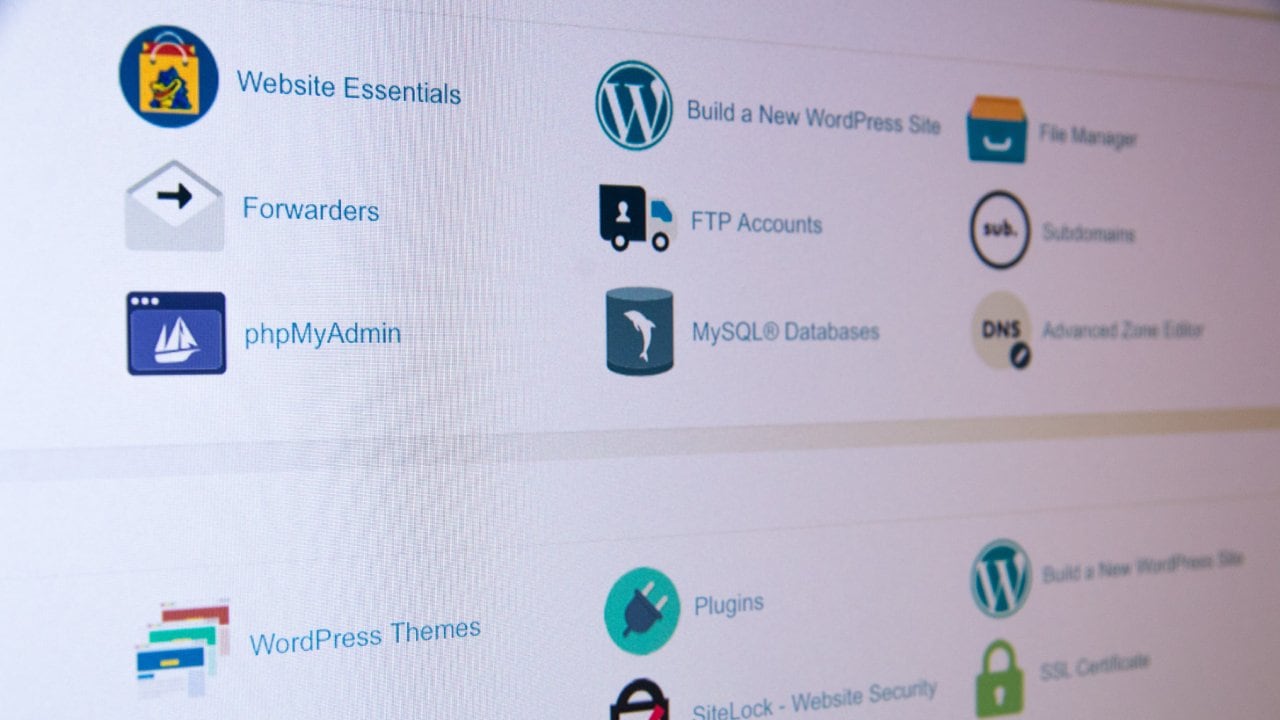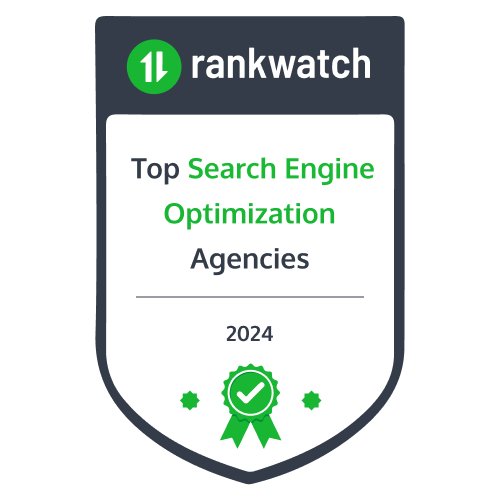Search engine optimization (SEO) remains a fantastic way of driving traffic to a blog. But with each “SEO guru” offering their version of the “best SEO tips for blogging,” beginner bloggers can often feel lost.
Today, you will discover six quick tips to do SEO without the usual muddiness. Let’s start.
SEO Tips for Beginner Bloggers
First things first, why consider SEO when there are many other types of digital marketing for your blog?
Other than the obvious benefit of driving more organic traffic to your blog, a good SEO strategy can inform other areas of your business including product research and development, budgeting, and marketing.
Additionally, smart SEO writing helps you to create high-value content that establishes you as an authority in your niche. When done right, SEO leads to a better brand image, higher conversion rates, and more sales.
The following SEO tips and tricks will prevent you from implementing a hit-or-miss strategy that will only waste your time and resources,
#1 – Identify the Target Audience for Your Blog

The first thing you must do before everything else is define your target audience. That’s right. These (or any other) blogging SEO tips mean nothing if you try to write for the entire universe.
In fact, doing SEO without first understanding your target audience is akin to shooting yourself in the foot. You will end up diluting your message and wasting valuable resources. It will also take you longer to realize your goals.
Identifying the target audience for your blog before writing your first article is one of the best beginner blogger tips you will ever find.
Instead of shooting out of the blue, take time to understand your audience and how they search for the information you’ll be sharing on your blog.
For instance, which problems are they facing? Which keywords (terms) or keyphrases do they use to find answers on the internet? Where is your target audience located? What are their tastes and so on?
With a clear picture of your ideal readers, you are well-poised to write content that will resonate with them. You will also have a better idea of some of the keywords they use in Google and other search engines.
Defining your target audience needn’t be a challenging task. There are a ton of online guides that will point you in the right direction. How to Find Your Target Audience by Neil Patel is a good place to start.
For more useful information, simply search “how to define your target audience” in Google, and start from there.
With a target audience profile in place, you’re ready for the next step of your SEO strategy.
#2 – Start with a Responsive Website Design

I will go out on a limb here and assume you are in the research stage and still need to create a blog. Don’t get me wrong, this blogging SEO tip still applies to people who have at least one blog up and running.
To reap the many benefits of search engine optimization, you need to create a responsive website from the get-go. If you started with a rigid design, you better make the switch now. Come on, it’s the 21st century, and the world is full of multiple devices of varying shapes and sizes.
Whether you like it or not, your readers will at one point or another use any of their mobile devices to visit your blog. In fact, more than 50% of Google searches come from mobile devices nowadays.
For this reason, you need to offer your visitors the best user experience possible, and creating a 100% responsive website is a good place to start.
Luckily for you, many blogging platforms, such as WordPress, come with responsive themes nowadays. Still, it’s good to check whether your blog is responsive using a tool such as AmIResponsive.
If a mobile device user goes to Google, finds your responsive blog, and spends a lot of time on your amazing content because they are having a great time, Google will reward you with better rankings.
The converse is true. If a reader exits your blog immediately because the design breaks on small mobile screens, you will have higher bounce rates, and Google will lower your rankings.
Plus if a theme is not responsive in this time and age, chances are it has other limitations or problems that will stifle your SEO efforts down the line.
A few years ago, SEO was muddled with nasty practices, which is probably why many people are still skeptical. Keyword stuffing, buying links, and other black-hat SEO tricks were the order of the day.
Nowadays, however, Google and other search engines put more emphasis on the quality of the content and user experience on your site, among other signals.
Start with a responsive website design, and you won’t miss out on the many benefits of SEO and the huge traffic potential of mobile devices.
#3 – Choose a Reliable Web Host

If you’re starting with a free blogging platform such as WordPress.com, Blogger, Weebly, or Medium, you don’t have to worry about hosting. These platforms handle hosting for you, and they are – by far and large – reliable.
If free options aren’t your cup of tea and you’d rather start with a self-hosted blog, it pays to choose a reliable web hosting provider for your blog.
Aside: For the perfect beginner, a web host is a company that helps you to put your blog on the internet. If we use an apartment block as an example, the web host is the landlord + building where you rent a house.
Why is choosing a reliable web host for your blog important for SEO? Well, it all comes down to performance.
You see, page speed is an important Google ranking factor. What that means is faster websites outrank slower websites.
Besides, few people are willing to wait around for a website that takes an eternity to load. A slow website translates to a poor user experience, higher bounce rates, and – you guessed it – poor rankings.
In addition, a reliable host ensures your website is secure and in good working condition. You want to avoid issues such as frequent downtime.
There are many good web hosts including SiteGround, Cloudways, and GreenGeeks, among others. Pick one that’s suitable for your budget and needs.
#4 – Conduct Keyword Research

Now that you have your target audience in the sights, a great responsive design, and a web host who won’t fail you, it’s time to focus on the SEO content.
To create effective SEO content that ranks highly in search engines, you must start with astute keyword research.
Keyword research is nothing complicated. It is the process of identifying the keywords and phrases that people use to find the kind of content you provide.
How else do you expect to shine in Google search result pages (SERPs) if you don’t use the terms that people are using to find information?
For instance, if you want to learn more about blogging and SEO, you’d probably use terms such as “WordPress SEO tips for bloggers,” “blogging,” and “how to become a blogger,” among others.
Conducting keyword research is the stuff of fourth graders. There are lots of easy-to-use keyword research tools online.
Great examples include Semrush, Ahrefs, Moz, and Ubersuggest, just to mention a few. You can even use Search Console, Google Trends, and the “related searches” section of Google Search.
All these tools are relatively straightforward to use. I don’t expect you to run into any problems. If you ever need help, I’m always glad to help out 🙂
When doing keyword research, try to identify terms related to your main keyword. For instance, if your primary keyword is “tips for blogging,” secondary keywords could be something like “tips for bloggers,” “best SEO tips,” “tips for writing blogs,” and “beginner blogger tips.” I hope you understand.
Don’t work with just the main keyword. Using related keywords in your content helps you to avoid keyword stuffing. Also, it gives you more blog ideas to write about.
On top of that, identify long-tail keywords. These are usually longer (3 to 5 words) keywords related to your main keyword.
For instance, if your main keyword is “blogging tips,” related long-tail keywords could be something like “tips for beginning bloggers,” “tips for blogging success,” and “best blogging tips for 2023.” I hope you get my drift.
#5 – Use Keywords In The Right Places

There is a lot of debate about how to use keywords in your content for the best SEO results.
People also want to know how many times you should use keywords in your content without going overboard.
For starters, the perfect keyword density (i.e., the number of times you include your keyword in your articles) is between 0.5% and 2.5%.
That means if you have a 1,000-word article, you should include your primary keyword 5 to 25 times.
Also, don’t forget to include your secondary keywords throughout your article but make sure everything looks natural and not forced.
Moving forward, you should include your main keywords in the following areas:
- Page title
- The first 100 words of the Introduction
- Headings and subheadings
- Page URL
- Image alt tags
- Naturally within your content
#6 – Link Building

Link building is undoubtedly one of the best SEO tips for bloggers that works like magic. And it’s incredibly easy to implement.
For absolute beginners, link building is the process of getting links from other websites within your industry.
If you have a blog about your gym, for example, you can get links from websites in the health and wellness industry or even other gyms.
The best way to earn links from other websites is to create highly valuable content that people link to naturally. Many website owners use infographics for this since many people tend to link to them instead of creating their own.
Another way to generate links to your website is through guest blogging. This is where you write a blog post for another website in exchange for a link to your website.
To put this into action, simply look for websites that accept guest blogs within your blogging niche.
Finally, you can contact other website owners for link exchange. Many people are willing to add links to your site if your content is adding value to their website.
If you find that a website has a broken external link, contact them and ask them to replace it with your link instead. Of course, you want to ensure your link is relevant to the topic.
Note that link building takes time and effort, especially if you are using guest blogging. Also, some website owners will flat-out turn you down, so don’t despair when that happens.
Related Reading
SEO is a broad topic and this article is merely a scratch on the surface. To learn more and become better at SEO even as a beginner, check out the following resources by Google and some of the best experts in the industry.
- Search Engine Optimization (SEO) Starter Guide
- The 17 Most Important SEO Tips for Higher Rankings
- Blog SEO: How to Search Engine Optimize Your Blog Content
- SEO Writing: 13 Tips on Writing Blog Posts That Rank on Google
SEO Tips FAQS
What are the most common SEO strategies for blogging?
As seen above, the most common SEO strategies for blogging include:
- Identifying the target audience
- Use responsive website design
- Choose a reliable web host for good website performance
- Conduct keyword research
- Use keywords the right way
- Link building
Can I do SEO by myself?
Yes, you can do SEO on your own. But before that, you should devote yourself to learning SEO. Just follow the above tips and learn more about SEO, and you’re good to go.
Final Thoughts
Many gurus want you to believe SEO is difficult so they can sell you a course or some product or service.
But SEO doesn’t have to be challenging, especially with the above tips. Besides, you can learn all you need about search engine optimization without spending a dime.
Follow the above SEO tips and keep learning, and soon enough, you will start ranking your articles on the first page of Google.
Beginners like you do it all the time. Also, don’t expect results overnight. SEO is a long-term strategy but it’s worth it.




